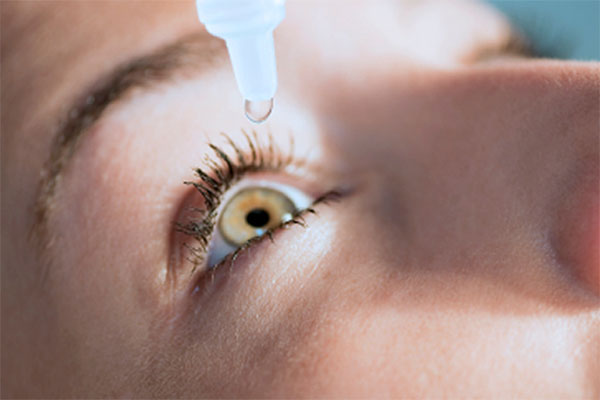Myopia Control Clinic & Atropine Drops @ Bristol Eye Unit

We are now offering low dose Atropine drops to help control myopia combined with a management plan in conjunction with your local optometrist.
What is myopia?
Myopia is also known as short or near-sightedness and is a very common refractive error amongst children and adults. It occurs from elongation of the eyeball, resulting in the image focussing at a point in front of the retina instead of actually on the retina itself.
Myopic patients are able to see images close to them, but objects in the distant are blurry.
There are an estimated 1400 million individuals with myopia and 163 million with high myopia. By 2050, there will be an estimated 4700 million people with myopia and 938 million people with high myopia (Holden et al.). Indeed, the NICER study (the largest study in the UK and Ireland to examine children's vision) demonstrated that the number of children who are short sighted in the UK has doubled over the last 50 years and children in the UK are becoming short-sighted at a younger age than we previously thought.
Why is myopia an issue?
With high degrees of myopia, there is a future life-long risk of other associated ocular pathology including glaucoma, cataract, retinal detachments and myopic macular degeneration. One study demonstrated that there was up to a 70% increase in myopic macular degeneration for every dioptre increase in myopia.
Risk Factors - Nature vs Nuture
Family History:
The risk of developing myopia increases approximately threefold in children who have 2 myopic parents.
With regards to ethnicity, a study in Australia (Ip. et al) showed that East Asian children aged 11 to 15 years were 8x more likely to be myopic than their Caucasian counterparts.
Environment:
Children who become myopic seem to spend less time outdoors compared to non-myopic children. Furthermore, reading for long periods of time at close distances especially with the increased use of electronic devices is significantly associated with an increased risk of myopia.
Treatments
It should be noted that are no current interventions or treatments that can permanently stop or reverse the progression of myopia.
Interventions are designed to slow the rate of progression of myopia:
- Lifestyle Changes
Children should be encouraged to spend more time carrying out outdoor activities and less time in front of screens and electronic devices with regular breaks.
Studies have suggested that school children should spend a minimum of 8 to 15 hours of outdoor activity.
Animal studies have shown that high ambient lighting and exposure to bright light from being outdoors has been shown to have a protective effect with reports demonstrating reduced eye growth.
- Spectacles
Defocus Incorporated Multiple Segment technology such as MiYoSmart glasses: these spectacles have been shown to provide myopia control although the lenses can be expensive.
- Contact Lenses
There are various types of contact lenses that have been shown to help with myopia by temporarily altering the shape of the front for the eye (the cornea).
Orthokeratology lenses are rigid rigid gas permeable contact lenses worn overnight. Studies have shown that they may slow progression between 30-60%
Multifocal soft contact lenses are a further option which work by focussing light at the periphery of the eye or in front of the retina. They may slow progression of myopia by approximately 30-50%.
Some patients find these difficult to tolerate and are harder for younger patients to use.
- Atropine Drops
Various trials have shown that low-dose Atropine drops reduce the progression of myopia.
Clinical trials have shown that low-dose atropine eye drops resulted in the slowing of myopia progression, with significantly less side effects compare to higher atropine concentrations.
A large study (meta-analysis) of 19 studies that involved 3137 children found atropine to be effective in slowing myopia progression. There was no difference in efficacy between the different doses of atropine, although higher doses of atropine were associated with more adverse effects.
The ATOM 2 study demonstrated that 0.01% atropine was more effective in slowing myopia progression with less visual side effects compared with higher doses of atropine.
The LAMP study and more recent studies have compared various concentrations of atropine and concluded that the 0.05% atropine was most effective in controlling axial length elongation over a period of 1 year.
To date there have been no studies or reports demonstrating any significant side effects of using low dose atropine in children.











